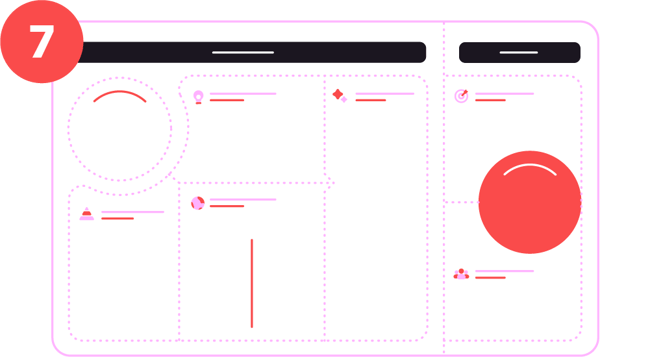

We're on hand to answer any questions you may have about our products and services.
Contact our London office
Email +44 (0)20 7251 6811
Contact our New York office
Email +1 (646) 762-2995
Contact our Singapore office
Email +65 6602 8280
Learn more about our offices, team, job openings and media features.
Get our latest trends & innovations in your inbox.
Receive innovation updates via WhatsApp.
Connect with us and fellow trend enthusiasts.
Follow us on your preferred social platform.
Be part of a global community of trend professionals.
And if you want to download a PDF version of the canvas, for offline ideation, you can do so here!
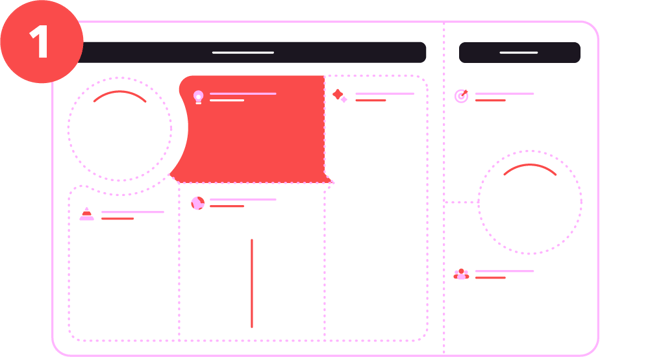
Very few ‘innovations’ are totally new. Most (successful) innovation comes from combining seemingly unrelated elements or deploying something in a new context.
So try this: look at existing business innovations, understand them, and then adapt them to your business. To gain as wide a perspective as possible, look specifically at other industries, other regions or cultures, or other types of business (e.g. corporates versus start-ups).
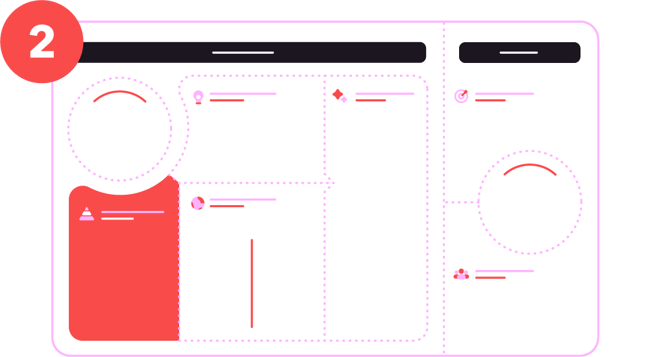
Consumer trends – and consumer behaviours more broadly – are ultimately driven by rarely-if-ever-changing basic human needs and desires. Identifying these underlying needs is central to understanding any consumer trend.
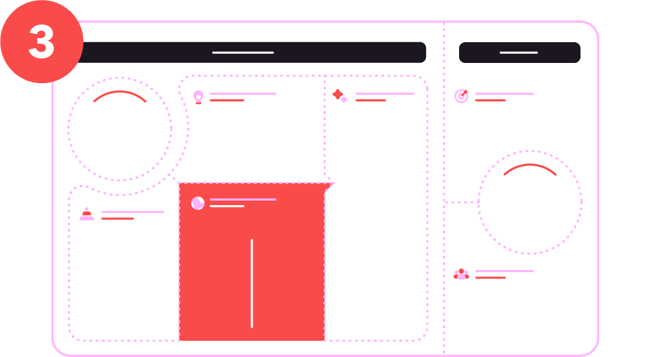
When we talk about Macro-Trends, we’re referring to the long-term shifts and short-term triggers that influence consumer opinions and behavior. A shift might be anything from the ongoing climate crisis to consumer demands for transparency, while the rise of climate influencers or a sudden spike in extreme weather events (think tornadoes in London and flooding in New York) would be considered triggers. Unsure whether a Macro-Trend sits in the shift or trigger camp? Reach out to friends or colleagues for their opinions.
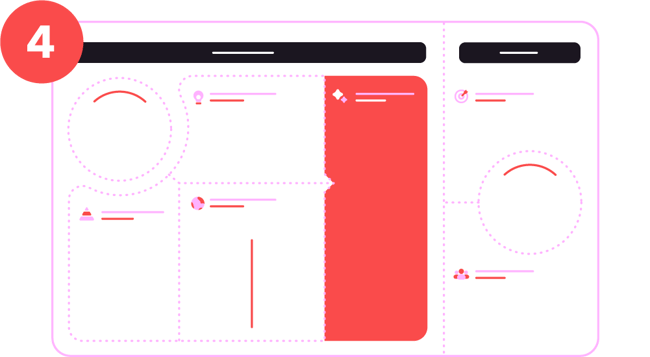
New consumer trends emerge when basic human needs bump up against external change to create (or unlock) new needs, wants, and desires. And identifying these unmet needs and wants is the holy grail of understanding trends, as it will present you with compelling innovation opportunities.
To identify emerging needs wants, and desires, look for expectation gaps between what consumers want, and what they currently have.
Ask yourself “What do those consumers - embracing the brands, products, and services that embody this trend now - want or even expect?”.
One further tip: pay careful attention to other industries. Consumers don’t think in industry silos. New expectations of quality or service will usually be set outside your industry, but they won’t remain there for long.
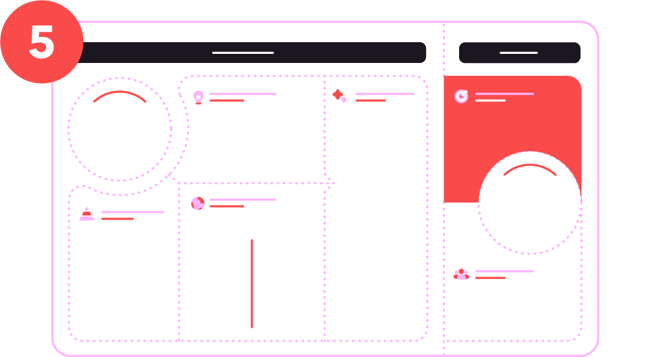
It helps to consider how and where it could impact your business using these four areas:
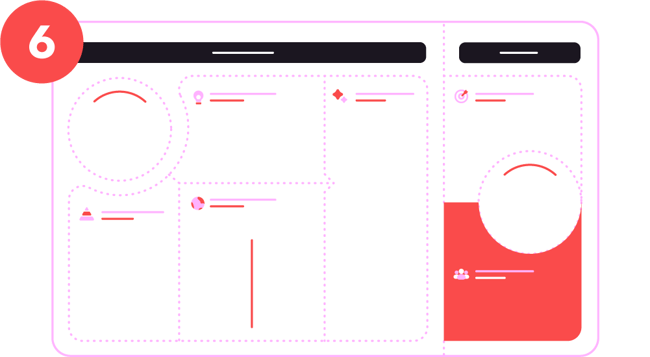
When it comes to applying consumer trends, try thinking beyond those who are currently living the trend. Indeed, thinking about what changes you would have to make, to make this trend relevant for other (new) demographics, is a great way to come up with new innovations.
Need further inspiration? Then look to the margins and at what extreme users are currently doing. New consumer behaviors usually start with certain (niche) segments, before evolving and spreading throughout the mass market.
Finally, generate your innovation ideas in this final section. Do this by coming up with as many combinations and permutations of the Emerging Expectations to address, the Innovation Type, and the Target Audience.
Before you wrap up, you and your team or collaborators can discuss and select the final idea to pitch run with.
